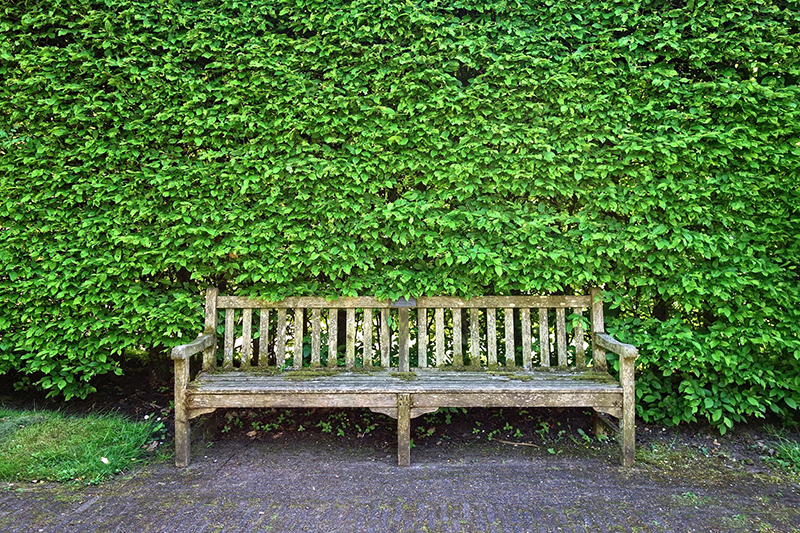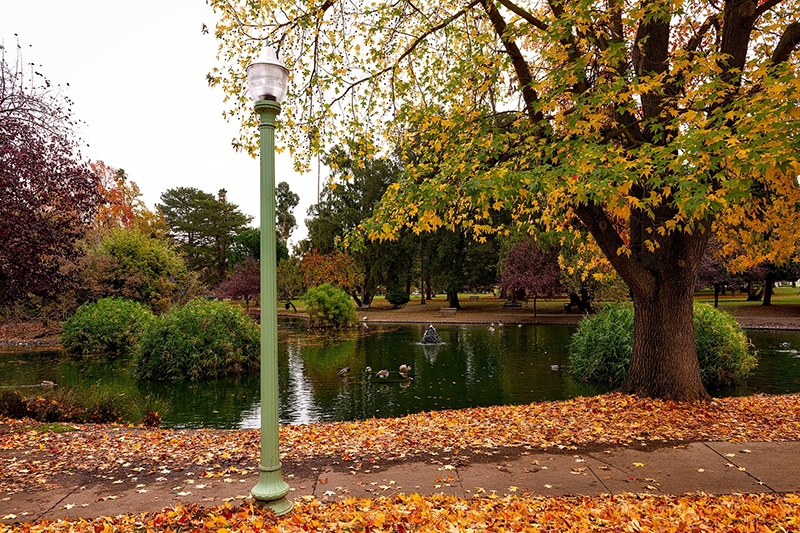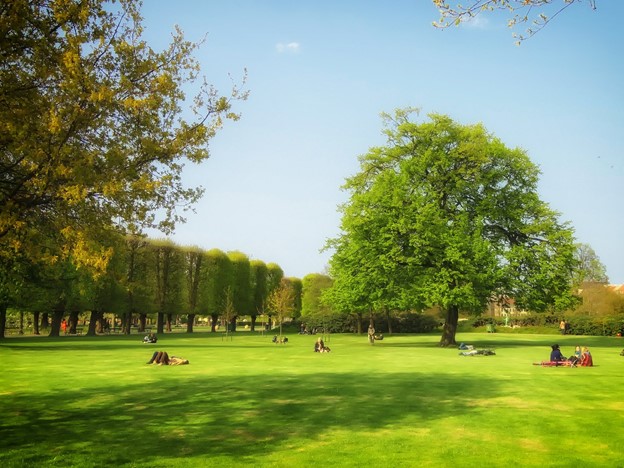- Mon-Fri 9am-4pm EST
- 888-663-4621
Parks are where many childhood memories and friendships begin. Most people can vividly remember the pleasant and cheerful activities and encounters they had in public parks. Local parks have great importance to a community, especially in urban places. Parks provide a calm, soothing green space away from the hustle and bustle of the city. The importance of public parks is often taken for granted by many city dwellers who do not seem to understand the value they hold.
Just like transport and sewer services, public parks are also under the category of essential public services. A robust ecosystem of public parks followed by frequent recreation programs for public participation can significantly elevate the status of a community or city.
This guide explores the values that local parks confer to our societies and winds up by highlight the specific benefits of having nature parks around.

The Economic Value of Local Parks
Apart from their aesthetic beauty and recreation benefits, parks are also quite valuable for the economy and can serve as an excellent financial asset for the community. Because public parks are useful amenities, neighborhoods with these amenities tend to benefit from superior property values compared to areas without parks.
Homeowners and entrepreneurs alike are incredibly attracted to communities that maintain a healthy parks and open places system. Business owners who operate close to local parks benefit from increased traffic due to the allure of green spaces. More people traffic translates to high revenues leading to an overall profitable business. Additionally, property agents cite recreation amenities, such as public parks, as one of the top factors investors consider when establishing or relocating businesses.
Another benefit of local parks is that they generate revenue for local economies and employment opportunities for neighborhood residents. When people visit local parks, they pay fees for entry and access to the many amenities present in these parks. Parks host concerts, cultural festivals, and fitness events that attract both locals and tourists. These tourists shop in local stores, enjoy meals in neighborhood restaurants, and stay at local hotels, improving a town's economy. Revenue earned from these parks often supports many economic development policies such as road and sewer maintenance, thus enhancing local economies.
Public parks require cleaners, security personnel, fitness trainers, landscape experts, and other skilled personnel for day to day running of affairs. These employment opportunities provide a constant stream of income to residents, thus vastly improving their households. According to NRPA, graduates of urban space design and physical fitness programs rarely struggle to get jobs, further highlighting the importance of public parks to an economy.

How parks benefit the environment
Public parks help to preserve the quality and health of our living environment. Trees play an essential role in reducing and controlling air pollution. Trees absorb greenhouse gases such as carbon dioxide produced by industries and automobiles. Communities that maintain forest parks benefit from improved air quality. Nature parks also help prevent flooding while ensuring a good groundwater level by facilitating seepage of runoff water.
Additionally, parks provide vegetative cover, which serves as a suitable habitat for wildlife. A recent article by Green Gardiner highlights how the growth of cities and towns leads to the displacement of many animals. Forest parks provide a haven for many birds and small mammals displaced by the advancing urban settlements. Establishing public parks allows wildlife to thrive in urban settings and enables communities to preserve natural ecosystems better.
Trees and other vegetation in parks soak up large amounts of water during storms. The vegetative cover also vastly improves the soil's water-holding capacities by allowing more water to penetrate the ground. As a result, flooding becomes less of a problem for communities that maintain a healthy network of forest parks. The improved water holding and infiltration properties translate to less water flowing into the city's stormwater storage area. Therefore, by creating parks and allowing nature to thrive, towns and cities can save some resources that go into stormwater management. These savings can be significant depending on how well urban designers incorporate public parks in urban communities.
Community Health Benefits
Modern lifestyles expose many city dwellers to obesity, heart disease, and other disorders. Maintaining a good level of physical activity can help reduce the risk of them occurring. Parks provide great places for urban residents to go for morning walks and evening runs. Activities such as hiking trails, biking, and jogging encourage city residents to remain active and lead healthy lives. Additionally, local parks provide great spaces for the establishment of sports facilities. These facilities can significantly benefit low-income households who are unable to afford fitness memberships in private gyms. Parks give people a reason to leave their homes and lead more active lifestyles.

Individuals cope better with stress, anxiety, and other mental health issues by spending more time in public parks. Recent studies reveal that people living within a mile of a forest park are likely to experience less stress than people with no access to green spaces. A regular connection with nature is essential for maintaining good mental health. Exposure to natural surroundings has the effect of reducing stress and aggression. By participating in recreational activities, people can connect and meet new friends. These interactions not only reinforce bonds within the community but also reduce incidents of stress. With that said, local authorities should ensure city residents have access to parks and outdoor recreation programs to realize better mental health.
The social importance of local parks
Public parks are often a reflection of the living standards in a community. These green spaces provide avenues for locals and tourists to interact and forge relationships. Parks provide a sense of identity and belonging to all community members. People attach great value to time spent in local parks, whether it's a picnic, participating in community events, or even walking your dog.
Local parks serve as gathering places for families, social groups, and individuals from all walks of life. Parks are a focal point in our communities. These spaces provide the perfect environment for concerts, picnics, and the occasional farmer's market. Parks are where different ethnic groups converge to share everyday experiences about life. Such informal interactions can encourage social cohesion leading to a tightly knit community. Parks and recreational centers allow public officials, such as mayors, to work with community members to deliver public services. These community engagements facilitate the free flow of information, thus tightening the knit in our societies.
Taking your children to a public park benefits their physical development. Playground activities play a significant role in helping kids learn and adapt to the world around them. The skills acquired in playgrounds can contribute immensely to your child's social, psychological, and physical development. Public playgrounds enable children to learn problem solving and teamwork, skills that will benefit them well into adulthood. Merry go rounds, swings, tag, hide and seek and capture the flag are everyday playground routines that can help your child's development. Additionally, when parents participate in playground activities, their kids benefit from parental guidance in their interactions.
As more people move to urban areas for settlement, property developers often have difficulty allocating spaces for public playgrounds. Today, urban kids have fewer opportunities to play outdoors and connect with nature compared to previous generations. Luckily, urban planners can fill this void by incorporating quality playgrounds in our schools and community centers. Communities should invest in public playgrounds by installing the appropriate facilities and equipment to meet the development needs of kids in different age groups.

Experts believe that access to parks and recreational centers can positively impact communities by reducing juvenile delinquency and crime rates. With income inequality, population density, and social marginalization, access to green spaces is considered a critical factor in determining crime rates in cities. Scholars argue that access to public parks promotes positive interactions, making people more aware of their neighbors and surroundings. High levels of community cohesion are an excellent deterrent for criminal activity.
Similarly, when people frequently gather in green spaces, it creates community surveillance which deters criminal activity.
The constant watchful eyes of neighbors and the entire community make it difficult for crime to take place. According to perfect mind, areas with green spaces are less prone to criminal activity and incidences of fear than areas without these amenities.
Lastly, stress, aggression, and mental disorders are the top factors that lead people to commit crimes. Access to parks and recreational amenities significantly reduces stress and aggression, leading to lower crime rates in the area.
How communities can improve public parks
Park rangers should ensure litter bins are present around the park and ensure all park entrants adhere to all garbage disposal rules. Keeping green spaces garbage-free creates a healthy environment for humans and park wildlife.
Trees add beauty to our living spaces. Planting trees along walkways, sidewalks, and open areas can inspire pride in the community. Furthermore, these trees provide shade on hot days. Planting trees is an excellent way to improve the condition of local parks.
It is essential to maintain the condition of public parks to ensure the community's needs are fulfilled. It, therefore, becomes necessary to hire skilled personnel to oversee public safety, security, and smooth running of the park's activities. Maintenance practices such as mowing, landscaping, and janitorial services are often crucial in the park's success.
Communities can make their parks pet-friendly by introducing walking ramps for your dogs and other pets. The physical activity and excitement pets derive from parks dramatically improves their quality of life. Also, having hiking or biking trails leading to a central point improves how people move and interact in the park.
Homeowners attach great value to green spaces when buying homes. Having a public park in your neighborhood is a great advantage. Residents of such communities benefit from the recreational facilities and live in a cleaner and safer environment. The presence of green spaces saves local economies many resources often committed to tackling flooding and pollution. The importance of public parks is indisputable hence community members should pay more attention to designing, planning, and establishing green spaces. The same way we grow and expand urban infrastructures such as rail and sewer systems, green spaces need to keep up to ensure the connection between humans and nature is not lost.
You must login to post comments.